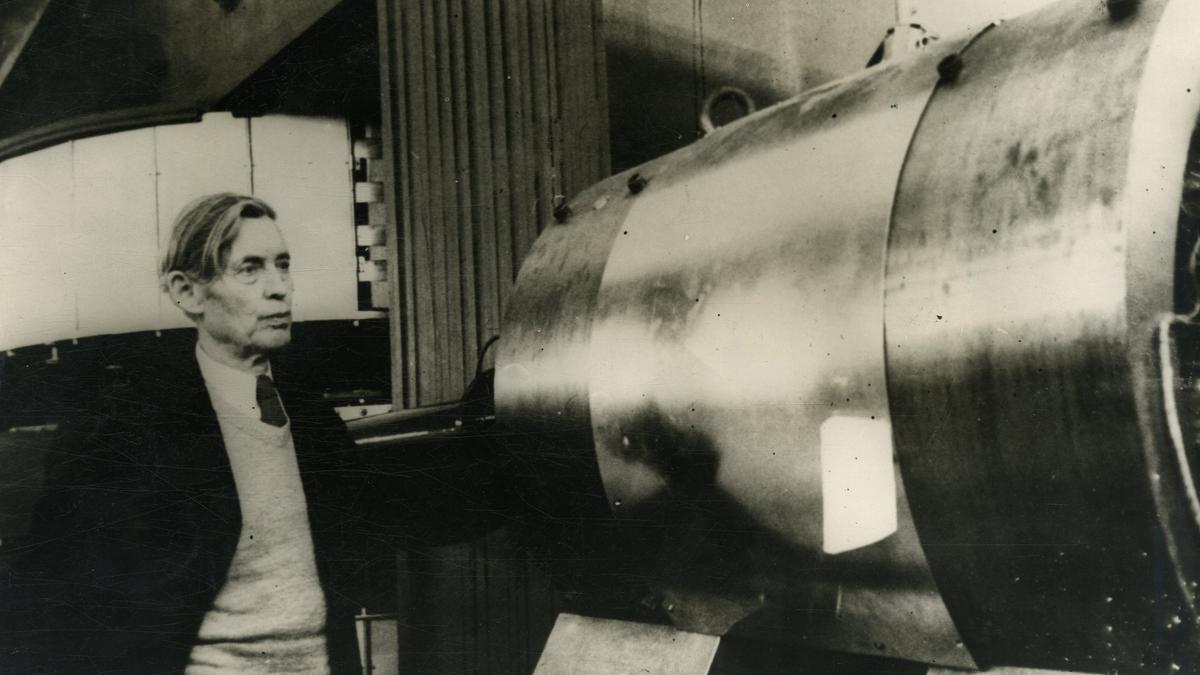[ad_1]
The woolly mammoth, though extinct, is seen as a potent weapon in this climate plan. Scientists at Colossal have extracted fragments of its DNA from fossils and reconstructed its genome. By comparing it to that of the modern elephant, they have edited specific genes to recreate mammoth-like traits, with the goal of eventually incubating a hybrid embryo in an elephant’s womb. Scientists have also experimented with the dire wolf, an extinct relative of the gray wolf, and birthed three snow-white wolves. However, this claim has yet to pass rigorous peer review. Critics point out that only 20 genes were edited, and what has been created is, in essence, a “strange-looking gray wolf”. Despite such criticisms, the technological achievement is a testament to the ability to engineer precision edits to the genome. The work of Chinese scientist He Jiankui, who claimed to have produced gene-edited human babies, remains controversial. Colossal may be credited for its genomics work, but the claim that it is reviving species for conservation is not credible. Thousands of living species are vanishing due to habitat loss and human encroachment. Spending millions of dollars on speculative projects, whose benefits, if there are any, will fructify only over centuries, takes away resources from immediate conservation efforts. The scientific community must lay down strict guidelines on the use of gene-editing technology in applications other than health.
Published – April 12, 2025 12:10 am IST
[ad_2]
Source link





